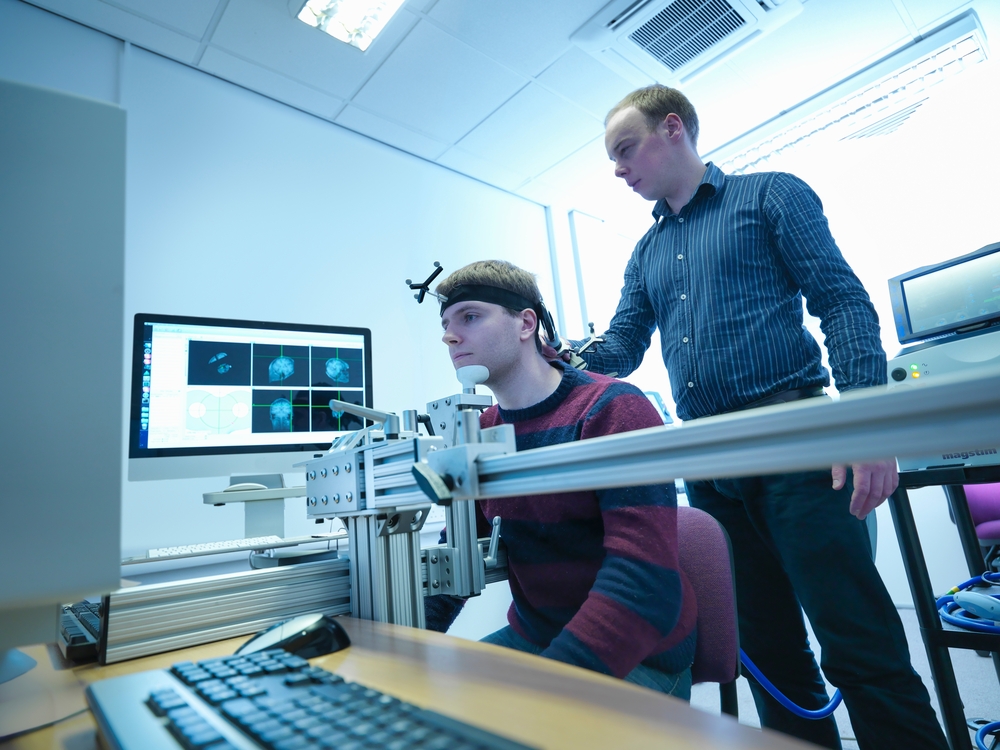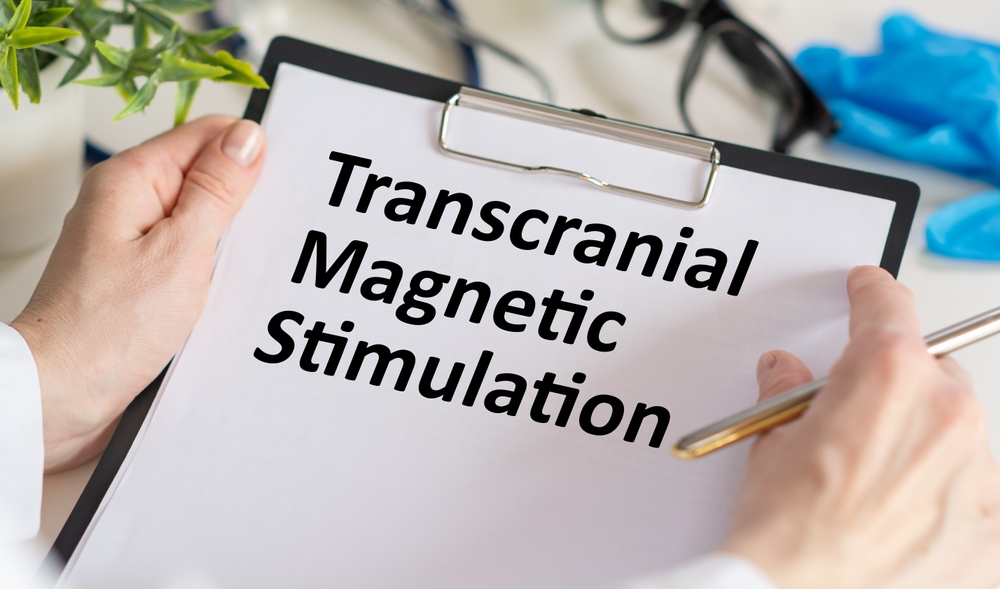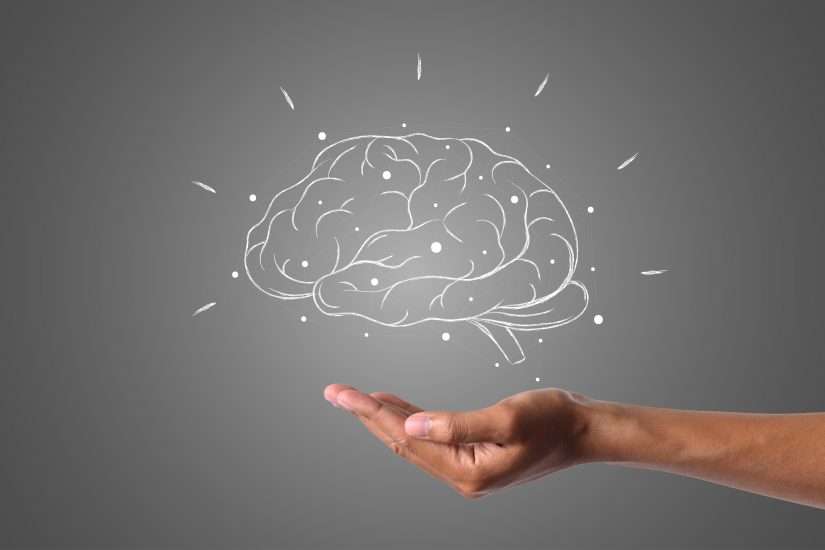- June 18, 2024
- by Shalini Murmu
- Mental Health
In the world we live in today, mental health issues have surged to the forefront of public health concerns. Anxiety, depression, PTSD, and other mental health disorders affect millions globally. According to the World Health Organization, depression alone impacts over 264 million people worldwide. The COVID-19 pandemic has further worsened these issues, amplifying stress, isolation, and uncertainty. Traditional treatments, while beneficial for many, often fall short for a significant number of individuals. Medication and psychotherapy, the mainstays of mental health treatment, sometimes fail to provide relief, leading to a growing interest in alternative therapies.
This increasing prevalence of mental health disorders underscores a critical need for innovative treatment approaches. It’s within this context that Transcranial Magnetic Stimulation (TMS) therapy emerges as a ray of hope for those struggling with treatment-resistant conditions.
Transcranial Magnetic Stimulation Therapy
TMS therapy is a cutting-edge, non-invasive treatment that uses magnetic fields to stimulate nerve cells in the brain. This therapy has garnered attention for its potential to effectively treat a range of mental health disorders, especially where traditional treatments have not been successful.
The journey of TMS began in the 1980s. It was first introduced by Anthony Barker and his team at the University of Sheffield in England in 1985. Barker’s pioneering work laid the groundwork for what would become a revolutionary tool in neurology and psychiatry. At first, TMS was used primarily for diagnostic purposes, mapping brain function, and investigating neurophysiological pathways. Its therapeutic potential was recognized over time, leading to its adoption in clinical settings.
How TMS Works?

- Electromagnetic Pulse Generation: A coil, usually shaped like a figure-eight, is placed against the patient’s scalp. When an electrical current passes through this coil, it generates a magnetic field.
- Induction of Electrical Currents: The magnetic field penetrates the skull and induces a secondary electrical current in the brain tissue. This current flows in the neurons, modifying their activity.
- Modulation of Neural Activity: Depending on the frequency and intensity of the pulses, TMS can either excite or inhibit neuronal activity. High-frequency TMS typically stimulates brain activity, while low-frequency TMS can reduce it. This modulation helps to normalize brain activity in areas associated with mental health disorders.
- Targeted Brain Regions: The most common target for TMS in treating depression for instance is the left dorsolateral prefrontal cortex (DLPFC), a region implicated in mood regulation. By enhancing or suppressing activity in this area, TMS can alleviate symptoms of depression and other mental health conditions.
Treatment-Resistant Depression
Conventional mental health treatments like medication and psychotherapy are foundational in managing mental illness. However, they are not always effective for everyone. Many people find themselves in a frustrating cycle, seeking mental health help but not experiencing sufficient relief from their symptoms.
Depression, especially in its severe and chronic forms, can be debilitating. For some, the conventional routes of mental health treatment, including antidepressants and cognitive-behavioral therapy, fail to bring about significant improvement. This is known as treatment-resistant depression. TMS therapy offers a promising alternative for these individuals. By directly stimulating underactive regions of the brain associated with mood regulation, TMS can help lift the veil of depression that medications alone may not alleviate.
Studies have shown that TMS is particularly effective for patients who have not responded to at least one antidepressant medication. It can reduce symptoms significantly and, in some cases, even bring about remission. This makes TMS an invaluable tool in the arsenal of mental health services, providing a lifeline to those who feel they have exhausted their options.
Studies demonstrated its efficacy in treating major depressive disorder (MDD. This led to the first FDA approval of TMS for depression in 2008.
Since then, the application of TMS has broadened significantly. It is now explored as a treatment for various conditions, including anxiety disorders, obsessive-compulsive disorder (OCD), post-traumatic stress disorder (PTSD), and even chronic pain. Advances in technology have refined the precision and efficiency of TMS, making it a more accessible and viable option for a wider range of patients.
Preparing For Your First Session
Before starting TMS therapy, you will undergo a thorough assessment to determine if TMS is suitable for you. This assessment will include a review of your medical and psychiatric history and possibly some preliminary tests to tailor the treatment to your specific needs.
During The Session
- Comfort and Positioning: You will be seated comfortably in a reclining chair, similar to those used in a dentist’s office. The TMS expert will position a magnetic coil against your scalp, typically above the left DLPFC for depression treatment.
- Mapping the Brain: The expert will conduct a mapping procedure to locate the precise area of your brain that requires stimulation. This is usually done by measuring your motor threshold, which involves brief pulses to determine the minimum intensity needed to elicit a response, such as a finger twitch.
- Stimulation Begins: Once the target area is mapped, the actual TMS therapy session begins. You will hear a clicking sound and feel a tapping sensation on your scalp as the magnetic pulses are delivered. The sensation can be slightly uncomfortable initially, but most people acclimate quickly.
- Duration and Monitoring: A typical session lasts about 30 to 40 minutes. During this time, you can relax, watch TV, or listen to music. The expert will monitor you throughout the session to ensure your comfort and safety.
After The Session
You can get right back to your regular activities after the session. Some people might experience mild side effects, such as a headache or slight scalp discomfort, but these usually subside quickly. Most importantly, TMS does not involve any cognitive side effects, allowing you to function normally during the treatment course.
Continuing Your Journey
TMS therapy is typically administered 5 times weekly over 4-6 weeks. This consistent schedule helps to reinforce the therapeutic effects and promote lasting changes in brain activity. Many patients start to notice improvements within the first few weeks, and these benefits can continue to grow even after the treatment course is completed.
Advantages Of TMS Therapy
1. Non-Invasive and Drug-Free Approach:
The fact that TMS treatment is non-invasive is among its strongest benefits. Unlike surgical interventions or procedures that require anesthesia, TMS therapy is performed while the patient is fully awake and alert. There’s no need for incisions, implants, or prolonged recovery times.
This non-invasive approach is particularly beneficial for individuals who have reservations about invasive procedures or those who have not responded well to medication. Many people seeking mental health help prefer TMS because it does not involve the pharmacological burden of daily pills or the systemic side effects often associated with long-term medication use. This makes TMS an attractive option for those who have experienced adverse reactions to antidepressants or who are looking to minimize their medication intake.
2. Rapid Onset Of Therapeutic Effects:
One of the frustrating aspects of traditional antidepressant treatments is the long waiting period before patients start to feel better. It can take several weeks, or even months, for medications to show their full effect. Whereas, TMS therapy often yields a more rapid onset of therapeutic benefits.
Many patients begin to notice improvements in their mood and overall mental health within the first few weeks of starting TMS treatment. This swift response is particularly valuable for those in severe distress or at high risk of deteriorating mental health. The quicker onset of TMS’s therapeutic effects can be a critical factor in preventing the escalation of symptoms and promoting faster recovery.
Limitations And Challenges Of TMS Therapy
1. Not a One-Size-Fits-All Solution: Who Might Not Benefit?
TMS therapy, though effective for many, is not universally beneficial for everyone. Certain individuals may not respond to TMS, just as with any other mental health treatment. For example, people with severe treatment-resistant depression may require more intensive interventions, such as electroconvulsive therapy (ECT) or inpatient mental health services.
Additionally, TMS is not recommended for individuals with certain types of medical implants or devices, such as pacemakers or intracranial metal objects, due to the magnetic nature of the treatment. This limitation means that not all patients who seek mental health help will be candidates for TMS therapy.
2. Accessibility and Cost Issues:
Another significant challenge with TMS therapy is accessibility. While increasingly available, TMS is still not as widespread as other forms of mental health treatment. This can be a particular issue for those in rural or underserved areas where mental health services are already limited.
Cost is another barrier to accessing TMS therapy. Although many insurance providers have started to cover TMS for specific conditions like treatment-resistant depression, coverage is not universal. The out-of-pocket costs for those without coverage can be substantial, making it difficult for some to afford this treatment.
Can TMS Be Combined With Other Treatments?
Many patients undergoing TMS therapy continue their existing medication regimen. Antidepressants, antipsychotics, and mood stabilizers remain foundational in treating conditions like depression and schizophrenia. The advantage of integrating TMS with medication is that TMS can enhance the effectiveness of medications. This is particularly beneficial for individuals who have not achieved sufficient relief from medication alone.
Research indicates that TMS can potentiate the effects of antidepressants, potentially allowing for lower doses and reducing the risk of medication-related side effects.
Transcranial magnetic stimulation therapy can complement Cognitive Behavioral Therapy interventions by alleviating symptoms, thus enabling patients to engage more fully and effectively in therapy sessions. While TMS targets neural activity directly, psychotherapy helps patients develop coping strategies, understand their condition, and work through underlying emotional issues. This holistic approach can significantly enhance overall mental health recovery.
Inpatient and Residential Mental Health Facilities In The US
For people with severe or complex mental health conditions, inpatient and residential mental health facilities offer intensive and comprehensive care. Experience a more home-like setting with residential mental health recovery plans, with a focus on helping residents build skills and strategies for long-term recovery. Mental health specialists integrate TMS into residential programs that offer a powerful tool to support ongoing treatment, particularly for residents who have struggled with chronic, treatment-resistant symptoms.
Reach Out To North America Behavioral Health Services
Understanding the options and combinations of treatments available can be overwhelming. Yet, the most crucial step in the journey toward mental health recovery is the decision to seek help. If you or a loved one is struggling with mental health issues, whether it’s depression, anxiety, or any other mental illness, reaching out for professional support is essential.
At North America Behavioral Health Services, we help you with valuable resources that can guide you to leading mental health centers and treatment options. Get information on various inpatient mental health facilities and residential mental health facilities across the US, ensuring you or your loved one receives the care and support needed with just a call.
















